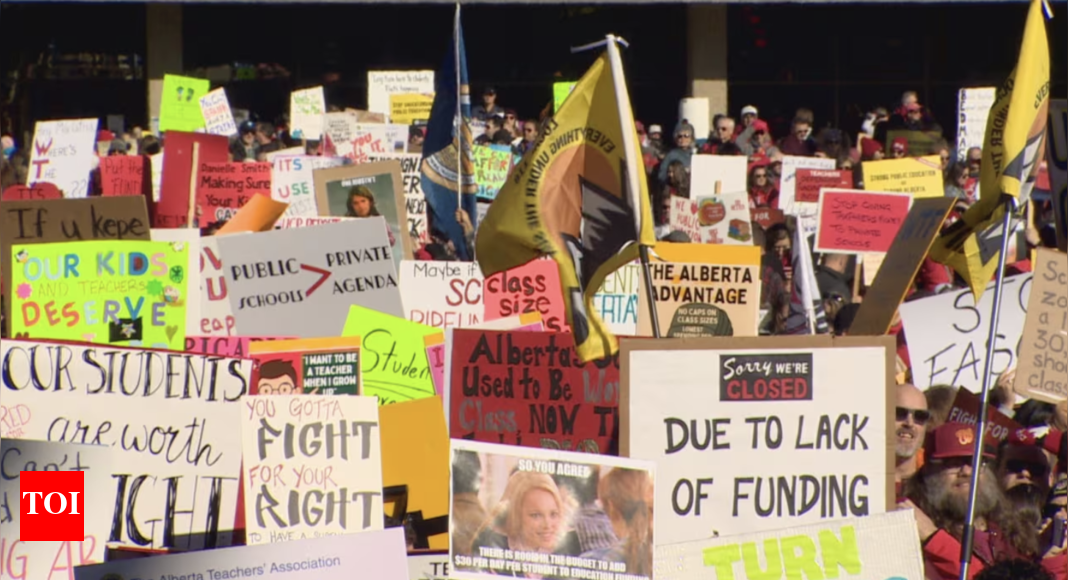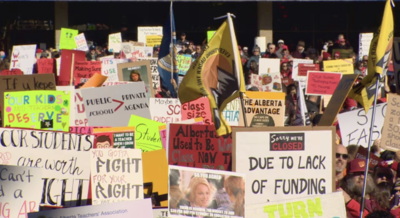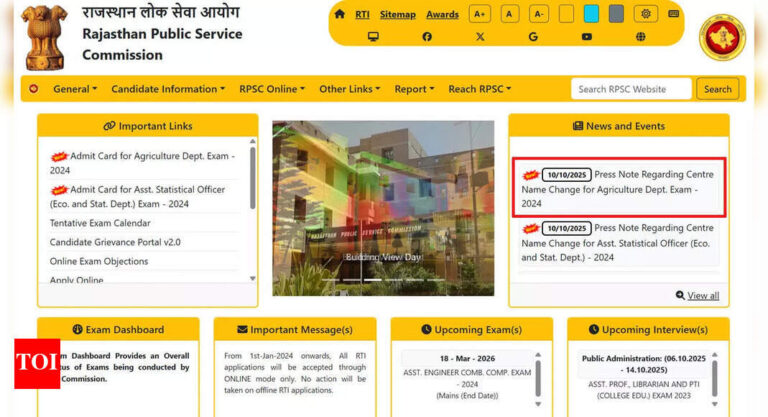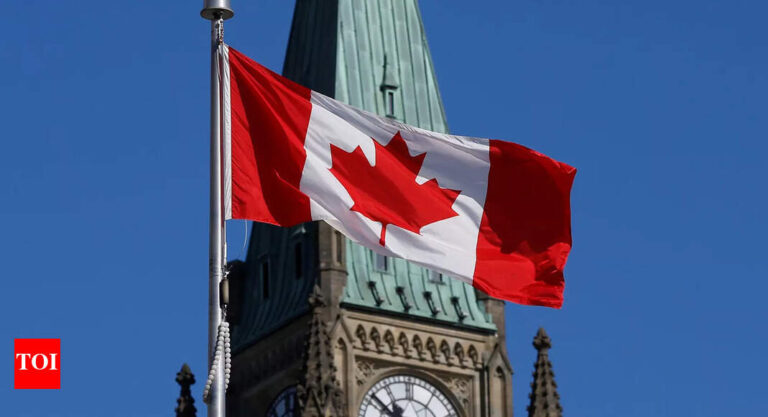
On October 6, 2025, teachers across Alberta launched a provincewide strike, bringing in-person classes to a halt in more than 2,500 schools. The action affects over 730,000 students and marks one of the largest labor stoppages in the province’s recent history. The strike comes after teachers rejected a tentative agreement with the government, citing unresolved issues over salaries, class sizes, student support, and working conditions. Negotiations between the Alberta government and teacher unions are ongoing, but no resolution has been reached. The walkout has disrupted daily routines for students, parents, and schools, while sparking public rallies and drawing attention to broader questions about funding, staffing, and the state of public education in Alberta.
Pay and inflation
According to the Globe and Mail, Alberta teachers are demanding a 34.5% salary increase over four years. They say their wages have not kept up with inflation. The government offered 12% over the same period. About 89.5% of teachers rejected the offer.In the past decade, teachers received roughly 5.75% in raises. Alberta’s inflation between 2015 and 2025 was around 28%. This means teachers’ real income has dropped over time. Teachers argue that the government’s offer does not reflect the cost of living or the years of stagnant wages. They say salaries must catch up to maintain a standard of living that allows them to continue teaching in the province.
Class sizes
Class sizes have become a major concern. Student enrollment has increased, but the number of teachers has not grown at the same rate. Large classrooms make it harder for teachers to manage students. They also limit the time available for each student.Teachers want specific reductions in class size. They say smaller classes allow them to focus on learning, monitor progress, and provide extra help where it is needed. The government has proposed limits, but the union says the numbers are not sufficient to meet current needs.
Student support and staff
The number of students with complex needs has risen in Alberta schools. These include students with learning difficulties, physical or mental disabilities, and language barriers. Teachers say there are not enough educational assistants and support staff to meet these needs.The government has promised to hire 3,000 new teachers and 1,500 educational assistants. Teachers say this will not fill the gap. They want thousands more staff. They argue that without additional support, teachers cannot give students the attention they need, and classroom management suffers.
Working conditions
Teachers report that working conditions have worsened. Overcrowding and heavier workloads make teaching more difficult. Limited resources affect their ability to plan lessons, mark work, and provide extra help.Respect for teachers is also an issue. Educators say the government proposals do not reflect the realities they face in classrooms. They want measures that recognize the challenges of teaching and offer professional support.
Timeline
The strike followed the rejection of a tentative agreement on September 29, 2025. Negotiations resumed in early October. On October 6, teachers walked out. All in-person teaching stopped immediately.Premier Danielle Smith said the government offer was balanced and fiscally responsible. She emphasized that education funding would increase while staying within budget limits. Teachers and advocates said the offer did not solve the underlying problems in classrooms, such as class sizes, staffing, and support for students.
Public response
Rallies and demonstrations took place across Alberta. Parents, students, and community members joined teachers. Supporters said the strike was necessary to protect education quality and teacher welfare. The demonstrations added pressure on the government to reach a settlement.Some businesses reported disruptions. Parents had to adjust work schedules because schools were closed. Small and medium enterprises noted operational impacts as families changed routines.
What happens now
The strike is about more than pay. It highlights gaps in staffing, classroom management, and support for students with additional needs. It raises questions about how the government funds public education.The outcome will affect students, teachers, and schools across Alberta. It may also set a precedent for future negotiations and policies on teacher salaries, class sizes, and staffing levels. The strike has become a test of how the province balances budget limits with the needs of its education system.








